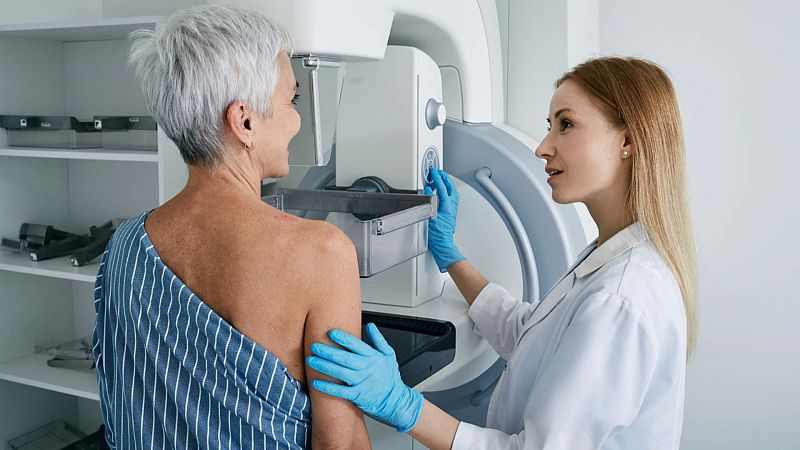Breast cancer: What you need to know about detection, risks, and screening

One in 20 women will be diagnosed with breast cancer during their lifetime, making it the most common form of cancer for women.
In 2022, an estimated 2.3 million women were diagnosed with breast cancer worldwide, and around 670,000 died from the disease. In Europe alone, the World Health Organization (WHO) recorded nearly 558,000 new cases that year.
Despite medical advances, awareness of early warning signs and when to seek help remains patchy, which can have serious health consequences.
A2025 study from Sweden’s Karolinska Institute, for example, found that women who miss their first breast cancer screening appointment face a 40 per cent higher risk of dying from the disease.
Researchers analysed data from nearly 434,000women invited for screening between 1991 and 2020. Almost one in three did not attend their first appointment, and these women were more likely to be diagnosed at an advanced stage and less likely to attend future screenings.
Importance of early detection
Dr Denise Johnson, an obstetrician-gynecologist (OB/GYN) and professor of women’s health at The University of Texas at Austin, stressed the difference that early detection can make.
“Early detection is the key to treatment for breast cancer," she said,citing technological and medical advancements in recent years that can boost treatment outcomes.
"The survival rates are excellent when we detect breast cancer early. It can be as high as about 90 per cent within five years of a diagnosis. And that number decreases significantly with late diagnosis," Johnson said.
Mammograms remain the most reliable tool for early detection. European Union guidelines recommend that women at average risk of breast cancer undergo annual screenings from their mid-40s.
The procedure, an X-ray scan lasting 15 to 20 minutes, can detect lumps or abnormalities that may not be noticed during self-exams.
Those with a family history of breast cancer or known genetic mutations may need to begin regular screeningsearlier. Breast cancer risk increases with age, family history, and certain genetic factors.
Researchers estimate that around 5 to 10 per cent of breast cancer cases are caused by an inherited faulty gene.
Johnson also said that aside from clinical exams, women should develop a sense of what is normal for their own bodies.
"Have an awareness of what your breasts look like and what they feel like and if anything changes – definitely pay attention to that," she said. "Bring that to your doctor so that we can discuss if additional imaging is necessary”.
Early signs of breast cancer can include a new lump in the breast or underarm, thickening or swelling of part of the breast, redness or flaky skin in the nipple area of the breast, or any change in the size or the shape of the breast.
It's important to note that men are not immune from breast cancer. While much rarer, with male cases accounting for about 1 per cent overall, they should make sure to look out for new lumps or changes in breast tissue.
Understanding results and treatment options
An abnormal mammogram does not automatically indicate cancer. Follow-up testing, including biopsies, is required to confirm a diagnosis.
"It's important to know that even just from that initial abnormal mammogram, there's many steps that we have to one, clarify if this is even a diagnosis and two, to be able to treat a diagnosis," Johnson said.
If cancer is confirmed, treatment options depend on the type and stage of disease and can include surgery, chemotherapy, or hormone treatments.
Growing global concerns
By 2050, global breast cancer deaths are expected to climb by 68 per cent, while new cases will rise by 38 per cent, according to projections earlier this year from the WHO's cancer research agency.
That would amount to 3.2 million new cases and 1.1 million deaths per year.
“Every minute, four women are diagnosed with breast cancer worldwide and one woman dies from the disease, and these statistics are worsening,” Dr Joanne Kim, an IARC scientist and one of the study’s authors, said in a statement.
Developing countries will be disproportionately burdened, the agency warned.
Today

